According to the statistics, most consumers buy products that are made from thermoplastic materials (materials that become plastic on heating and harden on cooling).
So, this guide “FDM material for 3D printing” contains a list of five such thermoplastic materials that are widely used and the primary choice of FDM 3D printers.
Most of them can be used in home 3D printing and small businesses except one which is particularly used with industrial-grade 3D printers. Which one is that? It is for you to find out by reading the list. So here’s presenting five of the most popular FDM 3D materials.
List Of 5 most popular FDM Materials
Apart from FDM, these materials are also compatible with other 3D printing techniques such as SLA and SLS.
ABS
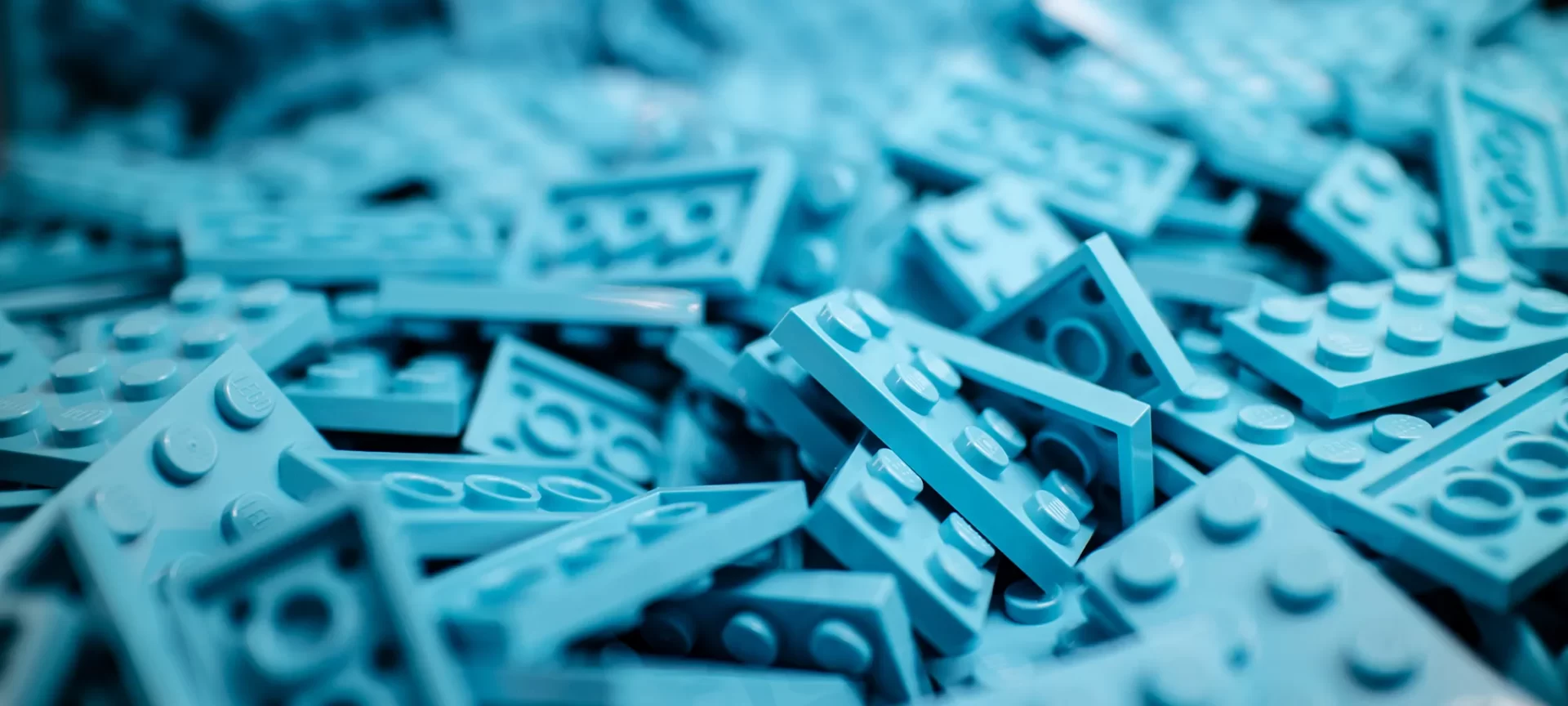
Acrylonitrile Butadiene Styrene also is known as ABS in the field of 3D printing is an amorphous polymer. Usually produced by the process of an emulsion of 3 components, namely Acrylonitrile, butadiene and Styrene, this polymer can be recycled from itself.
Meaning that you can produce ABS from ABS. Let’s see the properties of ABS, which is a polymer that is one of the most used polymers in 3D printing of parts and functional prototypes.
Properties Of ABS
ABS is an opaque thermoplastic, which is made by an emulsion process in which multiple products don’t necessarily combine to form a single product.
The three monomers of which ABS is made develop a polar attraction which results in a tough and highly durable finished product.
Each one of the monomers provides something or the other to the characteristic of ABS.
Acrylonitrile provides chemical and thermal stability, while butadiene provides toughness and strength, and styrene is known to provide the polymer a nice, glossy finish.
Due to its low melting point, ABS is used in the injection molding process and in 3D printing as a primary FDM material.
ABS can be easily molded, sanded, and shaped. Its glossy surface finish is highly compatible with paints and glues.
Because of these reasons, ABS plastics take various colors easily, which allows finished products for dying into exact shades for meeting precise project specifications.
Pros And Cons
ABS has high strength and durability and can be recyclable. So, it can give the finished product which consumers can rely upon and is available in ample quantity.
ABS material is easy to post-process and paint. Due to this property, it can be used in industries where products with color variants are must, such as home appliances.
It withstands high temperatures, is abrasive resistant, and can be machined.
ABS is UV sensitive. Because of which products 3D printed using ABS are to be covered with UV-proof coating.
After printing, when ABS has completely melted, the smell of its fumes are a headache to deal with. Especially during the post-processing of larger parts when the printer is kept at a place that has low ventilation and workspace.
ABS sucks moisture from the air. So, the final parts do not process dimensional accuracy.
PET
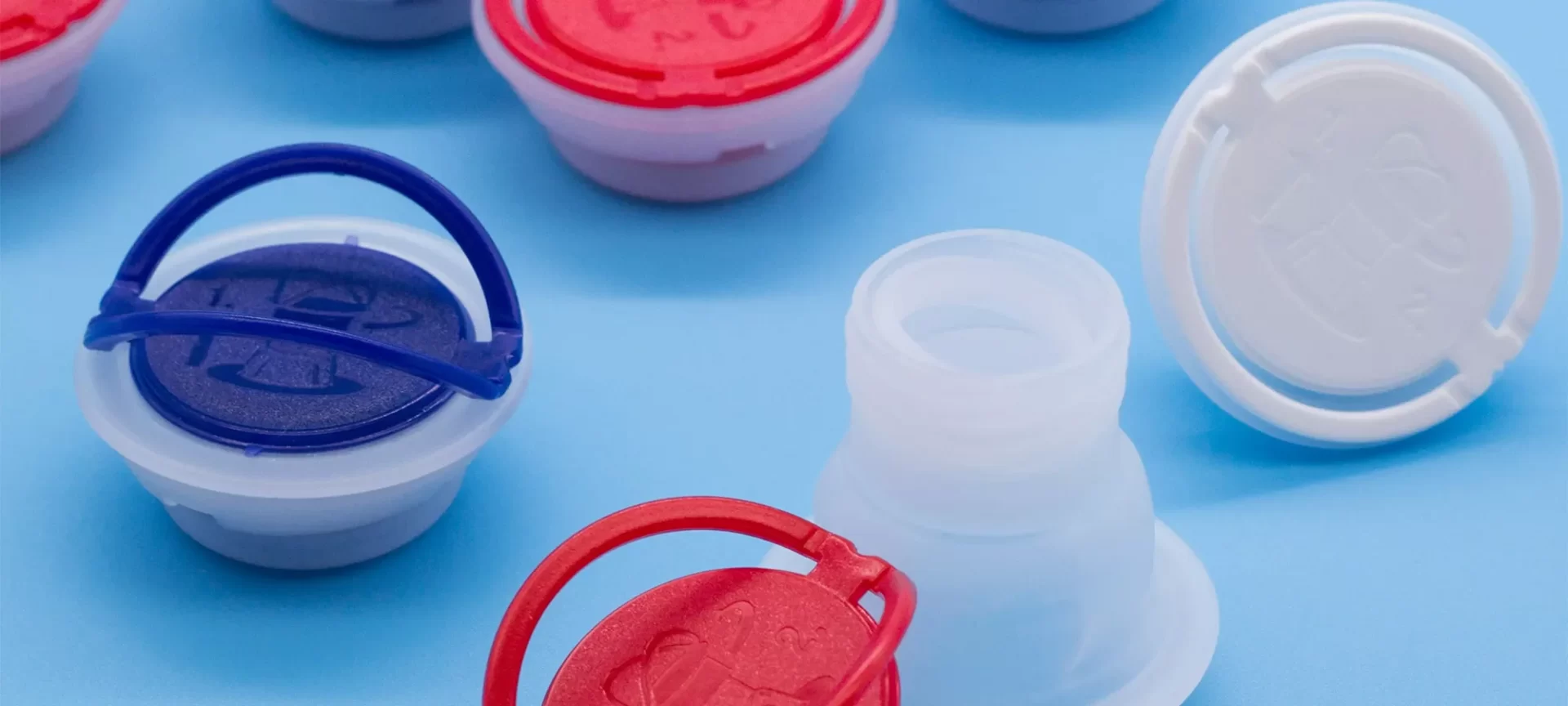
PET is also a thermoplastic polymer like ABS is. It’s an abbreviation for Polyethylene Terephthalate. Technically, PET is made up of two monomers that are used for making almost everything from bottles to clothes.
This material is the one that everyone curses at global warming seminars for polluting the ocean. After being cursed all over the world, PET has found its own special place in 3D parts production and prototyping.
Properties Of PET
PET is an optimum polymer that is used to produce 3D printer parts and functional prototypes by FDM 3D Printing.
This is the second preferred FDM filament after ABS because of its flexibility and toughness. PET can be modified into PETG and also can be used for 3D printing. PETG is PET co-polyester with a modification in glycol.
It is more heat resistant than PLA and easier to print than ABS. PET offers high strength and lower shrinkage with a smoother finish.
The minimum recommended hot end temperature for PET is 240 degrees Celsius and the maximum is 260 degrees Celsius.
PET has excellent resistance to alcohol, aliphatic hydrocarbons, oils, greases, and diluted acids. It also shows a considerable amount of resistance to diluted alkalis, aromatic and halogenated hydrocarbons.
Pros And Cons
The finished product that is made by PET material is food-safe, can have layers that look nice and smooth. So, overall PET can be used to 3D print parts and prototypes that can increase decorum.
The flexibility of PET is also seen in its finished product and like ABS, PET is recyclable. It can be available in ample amount.
PTE has excellent electrical insulating properties so, it can be used to make materials that are going to be in constant contact with electricity.
PTE is suitable for transparent applications. It doesn’t break or fracture. PET is practically shattered resistance so, it can be used as glass replacement in some applications.
The finished product made out of PET has a certain amount of gloss so some details that are printed on the product are harder to notice.
PET changes color while printing i.e. from translucent to cloudy or semi-transparent. Additionally, it becomes brittle if overheated during the printing process.
PLA
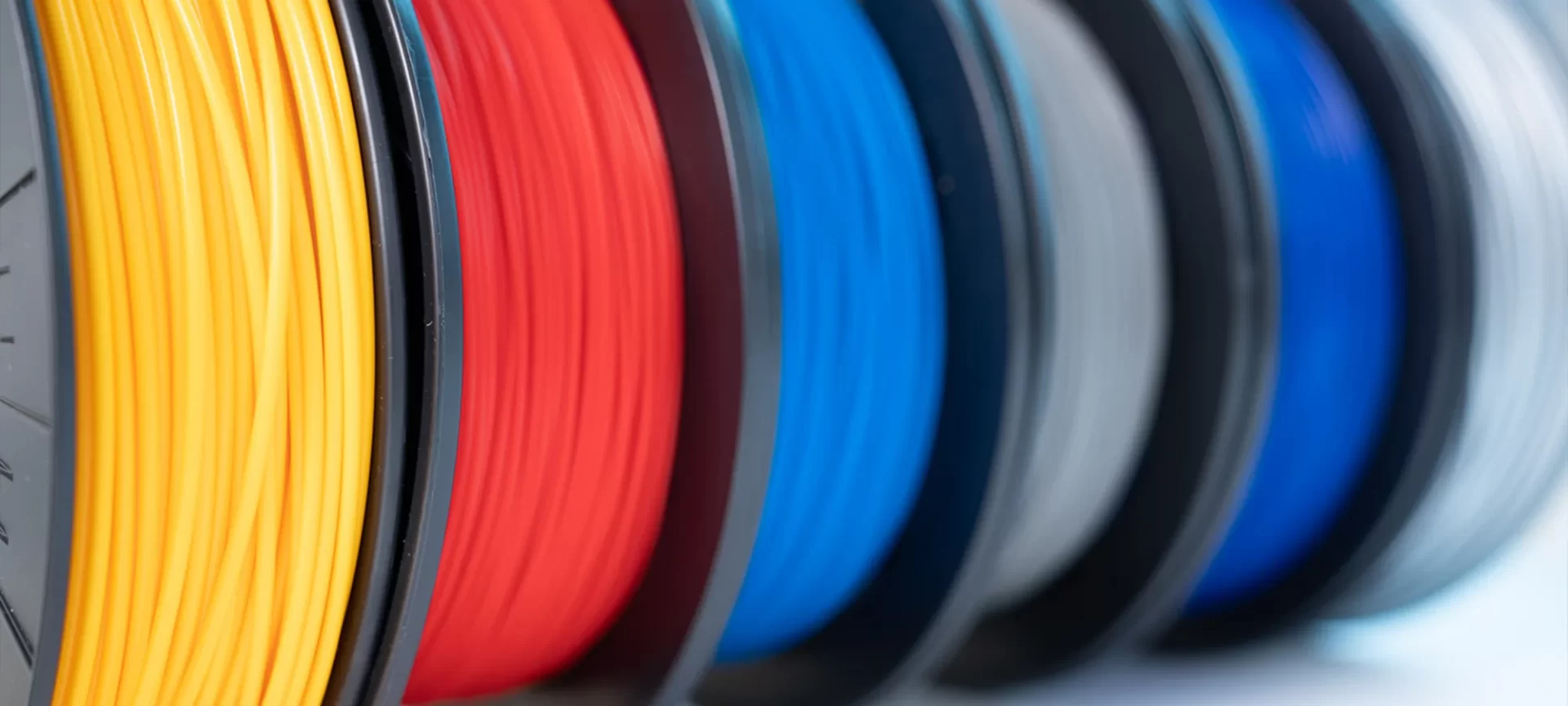
PLA is one of the most used as FDM material alongside ABS. It stands for Polylactic acid. The best benefit of PLA is that it is biodegradable and bioactive thermoplastic polyester, unlike ABS or PET.
Some of the applications of PLA include parts and prototypes that are no required to endure extreme stress. The fact that PLA can be produced from already existing manufacturing equipment, unlike other materials makes it a cost-efficient material to produce.
Properties Of PLA
Like other thermoplastic materials, PLA becomes liquid at its melting point. However, it can be heated to its melting point, cooled, and reheated again without any significant degradation.
PLA is one of the two common plastics that is used as FDM material. It is commonly available as the 3D filament in a myriad of colors.
Poly Lactic Acid can be CNC machined but it is not particularly available in sheet or rod form. PLA is available in a thin film for thermoforming or in the form of plastic pellets for injection molding.
Another interesting property of PLA is it can be used to print voids using 3D printing. This process is called Lost PLA Casting.
Here, PLA is printed in the shape of an interior cavity. Later encased with plaster-like materials and then burned out because it has a lower melting point. PLA falls under a resin identification code of 7 and is also used as a material while printing with SLA 3D printing.
Pros And Cons
The layers deposited on the finished product of PLA have an accurate and fine surface finish. There is not much brain to be implemented in the post-processing of PLA.
It is biodegradable and hence doesn’t prove to be a polluting material like ABS or PET.
PLA comes in many colors and can be baked to improve its strength. Printing of PLA doesn’t take much time because it has a lower melting point.
This material is not as durable as ABS or PET and the finished product obtained after processing becomes softer at around 60 degrees Celsius.
Like ABS, PLA also sucks moisture from the air. It causes nozzle clogging sometimes after which cleaning needs to be done.
Nylon (Polyamides)
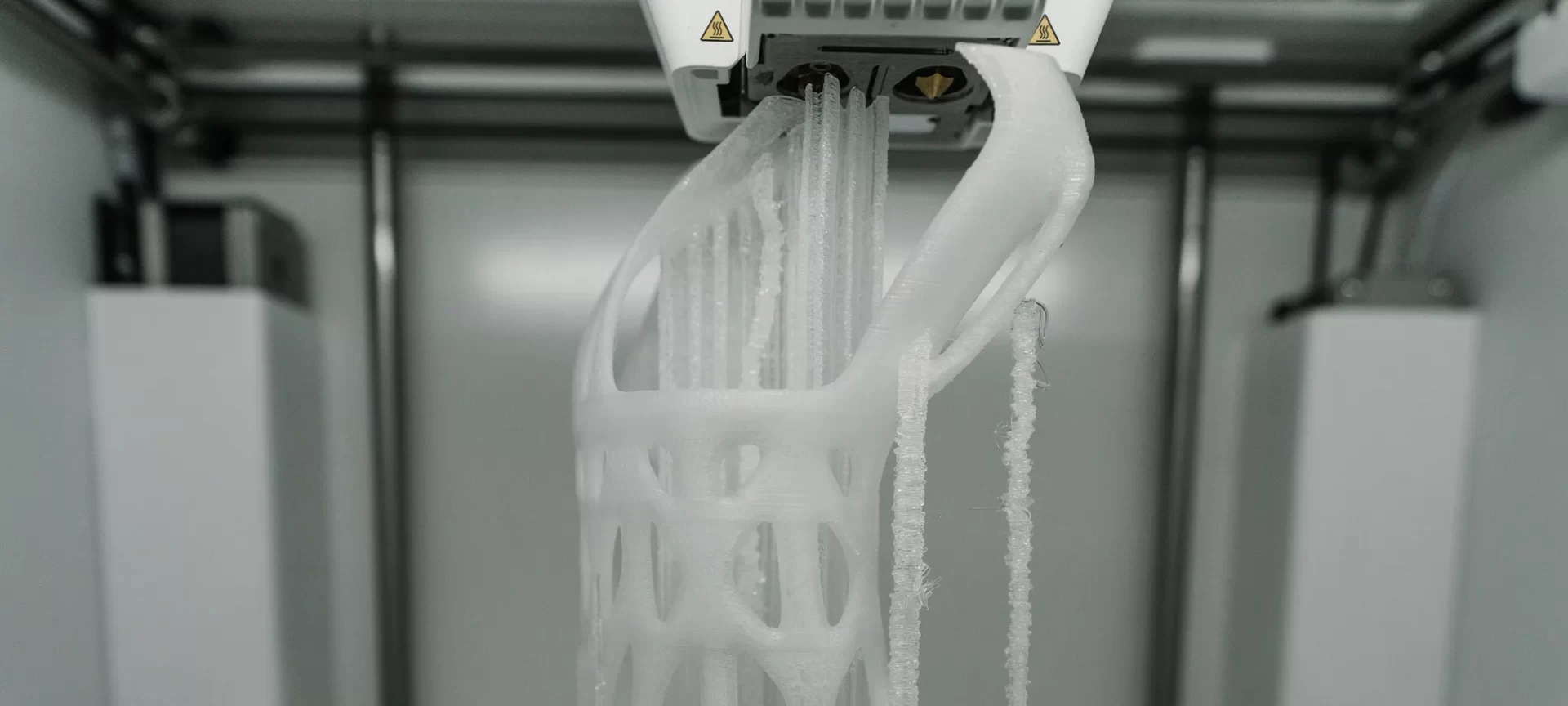
Because of its flexibility and strength, Nylon is the premier choice for a range of applications that start from engineering and end at arts. Often Nylon is referred to as white plastic. Let’s get straight into the properties of this FDM filament to know it better.
Properties of Nylon (Polyamides)
Nylon prints are often known for possessing a rough surface that can be polished to be made smooth. Amongst other FDM materials, the layer bonding of Nylon stands out.
It is stronger than others, which makes itself an ideal material for 3D printing. The use of nylon is especially seen in parts and prototypes that require good tensile and mechanical strength.
Similar to other thermoplastics i.e. ABS, PET, and PLA, Nylon degrades humidity from surrounding air. Because of which, dimensional accuracy is a problem.
Overall, nylon is strong, flexible, and chemical resistant to an extent. Apart from FDM, Nylon is also used to print using the SLS technique.
Pros And Cons
Nylon printed finished products can be coated, dyed, and painted. They have a high amount of tensile strength compared to other FDM materials.
Products have high durability and good quality parts that have a considerable amount of impact and temperature resistance.
Because of being a little more flexible, on the parts and prototypes that are printed using Nylon, scratches appear. Like the above-mentioned materials, Nylon is hygroscopic in nature.
Printing with Nylon can be hard due to its elasticity.
Ultem
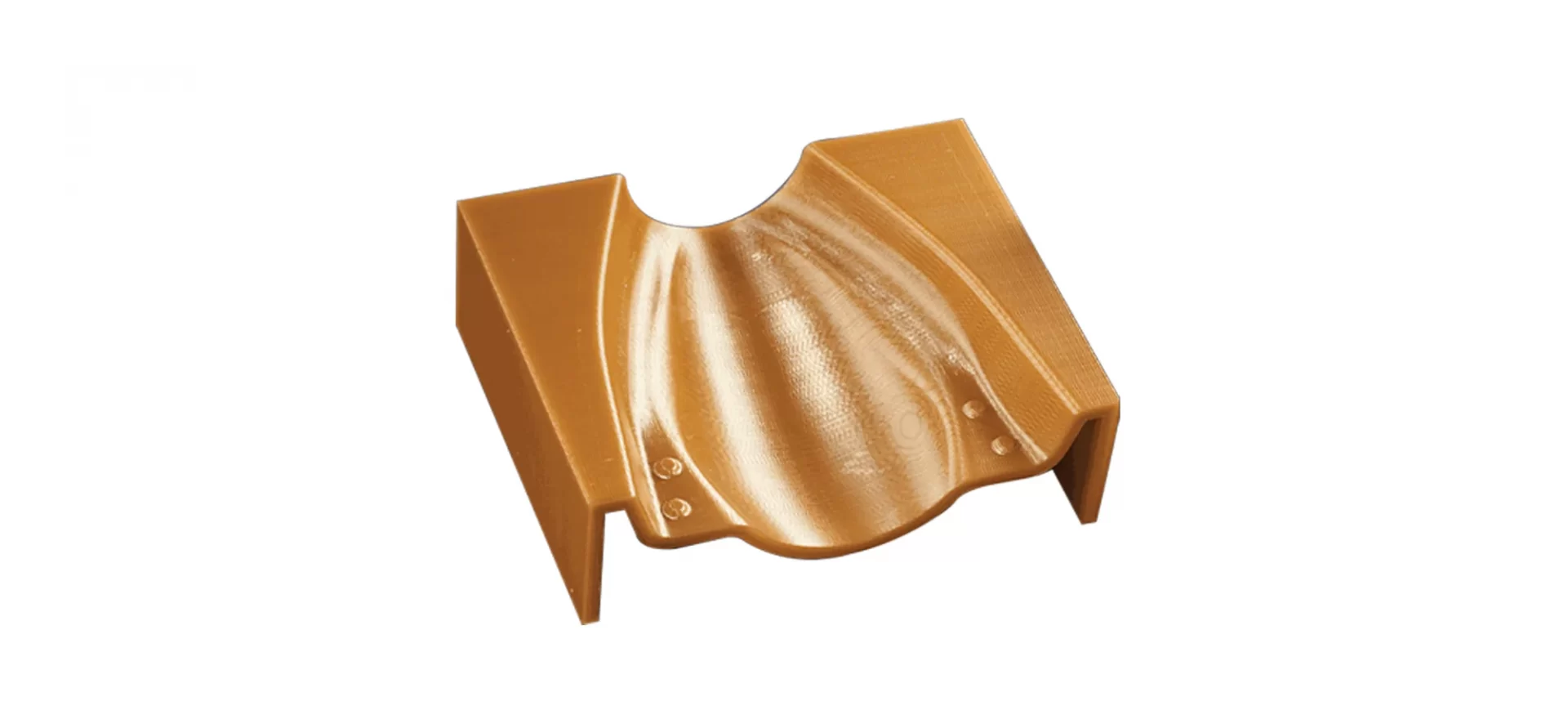
This FDM material is not as popular as the ones mentioned above. It is used with some professional FDM printers. Ultem is a resin from the PEI family and there are several types of it, which can be separated from each other.
Robust in appearance, Ultem is used in some of the most demanding applications like automotive, aerospace, chemical, and medical industries. If you observe, electrical connectors, medical instruments, and chip test sockets, you can find Ultem.
Properties Of Ultem
Ultem is a high-performance material from the polyetherimide family. It exhibits natural flame resistance and generates an extremely low amount of smoke. Ultem has commendable resistance from heat, solvents, and flame. It has high dielectric strength, is rigid and strong.
Belonging to the family of plastics, parts, and prototypes manufactured from this material are known to possess high resistance to stress, temperature, and chemicals.
They excel by the ease they possess in machining and fabrication. To extrude Ultem, your printer needs to withstand a temperature of 400 degrees Celsius and it is best advised by the experts to not do this without any safety concerns.
Due to this reason, Ultem is a standard FDM material, but not with domestic 3D printers, with industrial-grade 3D printers.
Its bio-degradable nature with high durability, heat resistance, and wear resistance are some of the reasons why it is widely used in industrial FDM 3D printing.
Pros And Cons
Ultem is known to produce fumes between 150 to 200 degrees Celsius due to which post-processing of this material can be a little bit of a headache.
This FDM filament has high heat, stress, and chemical resistance. Also, some types of Ultem are biocompatible and so, they pass some tests.
Ultem is used in the manufacturing of jet engine components, microwaves, medical components, manifolds, and electronic and electrical insulators.
The Conclusion
There are other FDM materials too with which 3D printing of parts and prototypes can be done. PEEK, HIPS, PVA, etc. However, this list given above presents in front of you five of the most popular FDM materials.
To say which one is better for you is still subjective. The reason behind the answer being subjective is because the nature of your application varies just like the properties of materials mentioned in this list do.
For example, if you wish to 3D print a food container, you will want to use a material that claims to be a safer option for packing foods.
In this application, being food safe is a primary condition for a material to have. Even though it won’t be as durable as other material or as rigid as others, you will want to use it. That’s the reason PETG is a nice choice for this application.
Today, most consumers of 3D printed parts and prototypes are using FDM 3D printing with materials that are mentioned above.
FDM materials mentioned in this list have similar properties to the materials that are used in injection molding and other technologies.
Due to this reason, these materials remain the top choice of designers and engineers. So if you wish to create a 3D part these materials are safer choice options than others available in the wide market of additive manufacturing.







